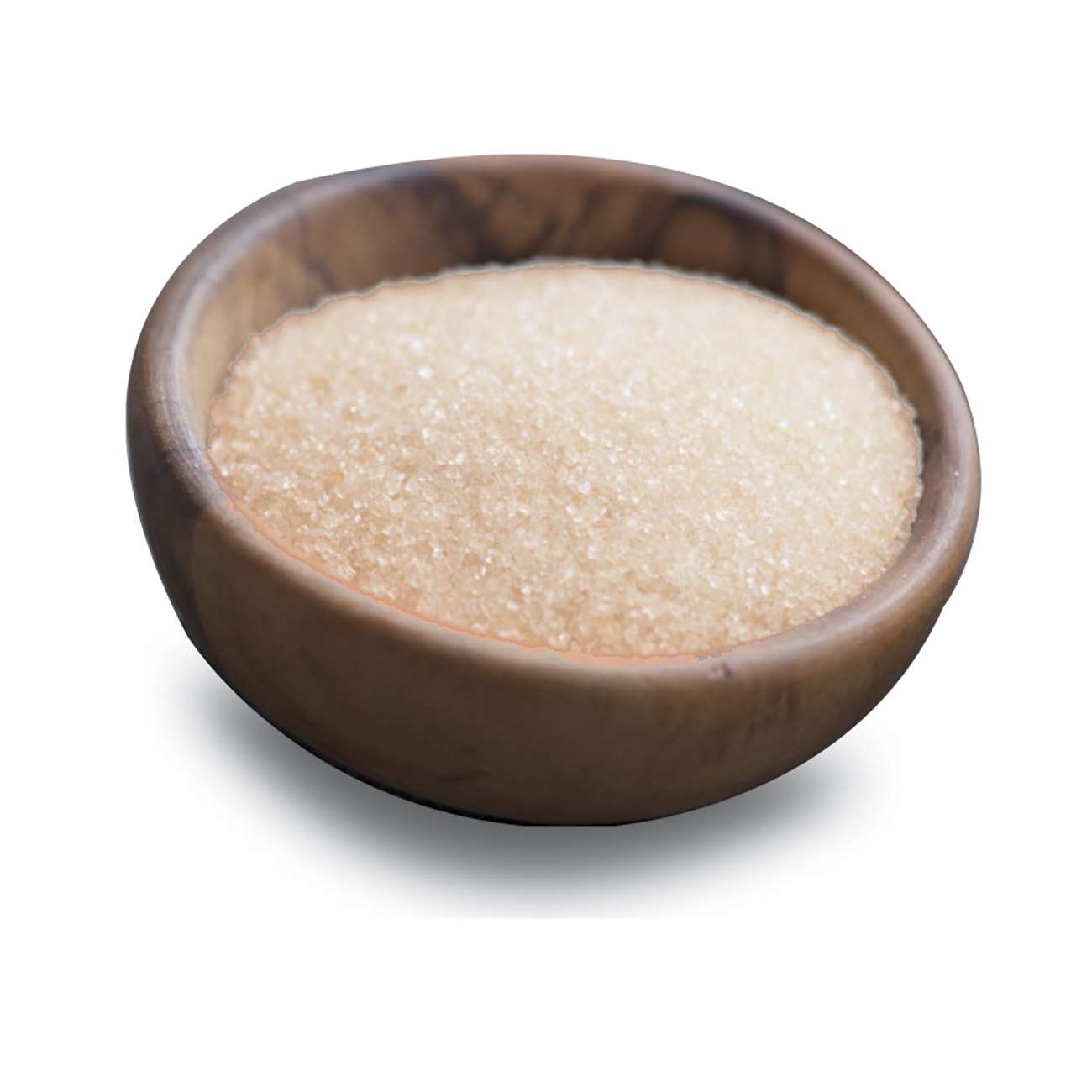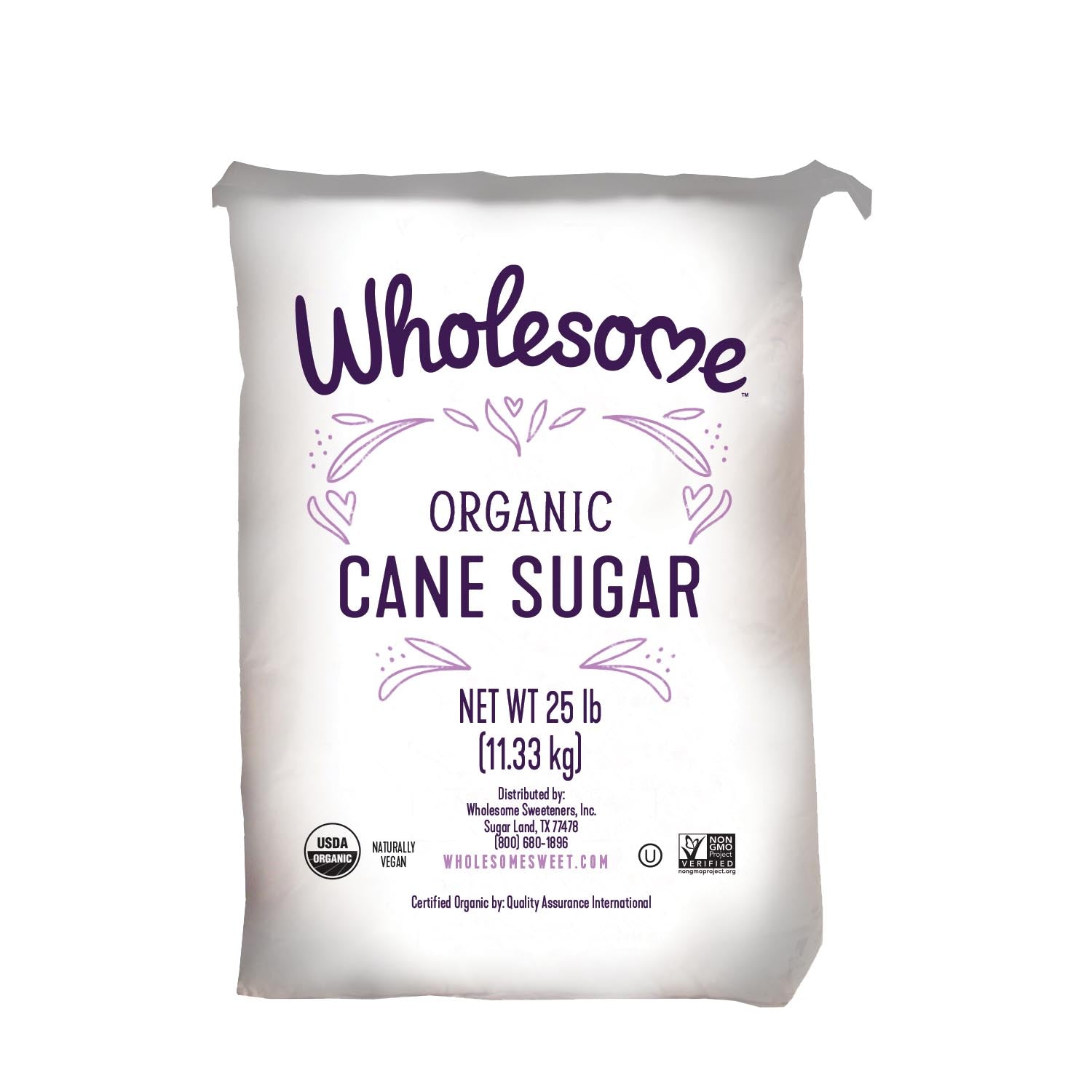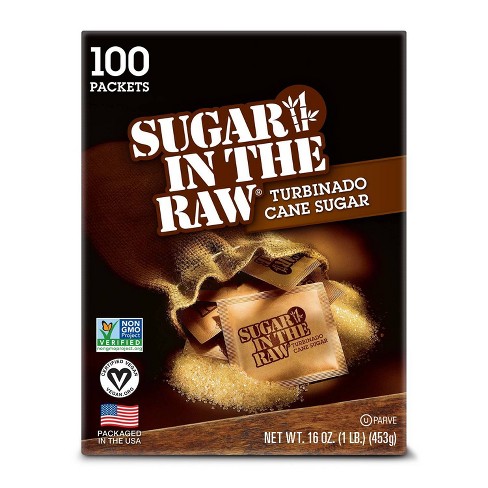Exploring the Comprehensive Tips Involved in Cane Sugar Handling From Gathering to Improvement
The process of walking cane sugar production includes a collection of detailed steps, starting with the mindful harvesting of sugarcane and culminating in the refinement phases that make sure the final product satisfies market criteria. Each stage, from the extraction of juice to the purification and condensation procedures, plays an essential duty in figuring out the top quality and personality of the sugar.
Harvesting Sugarcane
Harvesting sugarcane is a critical step in the walking cane sugar handling chain, as it straight influences the quality and return of the final product. Proper timing and methods are vital during this phase to make sure ideal sugar material and minimize losses. Usually, sugarcane is gathered when it reaches maturation, typically 12 to 18 months after planting, characterized by a high sucrose concentration.

Post-harvest, the sugarcane must be processed swiftly to stop sucrose destruction. Preferably, harvested cane should be delivered to processing centers within 24-hour to maintain sugar top quality. Consequently, efficient logistical planning is important to preserve the integrity of the harvested plant throughout the supply chain.
Removal Refine

The smashed walking cane is subjected to a series of pushing operations to maximize juice recovery. Typically, warm water is splashed onto the crushed walking cane, developing a countercurrent circulation that helps dissolve the sugar while also assisting in the extraction process. The juice accumulated from this operation includes not only sugar but also numerous natural compounds and impurities.

To boost extraction efficiency, some facilities may utilize diffusion approaches, where the sugarcane is soaked in hot water, allowing the soluble sugars to diffuse into the liquid. The resulting juice, rich in sucrose, is then guided to subsequent processing stages, laying the foundation for purification and refinement. The extraction process is therefore essential in figuring out the top quality and yield of the final sugar product.
Filtration Strategies
The filtration strategies used in cane sugar handling are essential for transforming the raw juice right into a high-quality sugar item. These methods primarily intend to get rid of contaminations, such as dirt, plant materials, and inorganic materials, which can negatively influence the end product's flavor and color.
One of the most usual filtration methods is clarification. This process involves including lime and warmth to the raw juice, which promotes the coagulation of pollutants. The resulting precipitate more is then removed via sedimentation or purification, yielding a more clear juice. Furthermore, making use of phosphoric acid can boost the clarification process by more binding pollutants.
One more significant method is carbonatation, where co2 is presented to the clarified juice. This response produces calcium carbonate, which records staying contaminations and advertises their removal.
In addition, triggered carbon therapy may be put on adsorb any remaining colorants and organic contaminations, making sure a more refined item. The combination of these approaches efficiently prepares the sugar juice for succeeding steps in the refining procedure, establishing the stage for the manufacturing of top notch cane sugar.
Condensation Approaches
After the purification phase, the next essential action in walking stick sugar processing entails formation approaches, which play a pivotal duty in transforming the made clear juice right into solid sugar. This process generally utilizes 2 key methods: spontaneous condensation and regulated crystallization.
In spontaneous formation, supersaturated sugar remedies are allowed to cool down naturally, leading to the formation of sugar crystals over time. This method permits for the uniform development of sugar crystals and higher pureness.
Throughout crystallization, the cleared up juice is concentrated with dissipation, boosting its sugar web content till it reaches supersaturation. When this point is attained, either approach can facilitate the formation process. Cane Sugar Processing. The resultant sugar crystals are then separated from the view continuing to be syrup through centrifugation
Inevitably, the option of condensation technique affects the top quality, size, and pureness of the final sugar item, making this step crucial in the general walking cane sugar processing treatment.
Improvement and Product Packaging
Exactly how can the pureness and high quality of cane sugar be even more improved after crystallization? The refinement procedure plays a crucial role in achieving top quality cane sugar. Complying with condensation, sugar goes through a comprehensive washing to get rid of impurities and residual molasses. This is commonly accomplished making use of cozy water or heavy steam, which aids liquify and extract undesirable elements while maintaining the sugar crystals.
Next, the sugar is subjected to a process called centrifugation, where it is spun at broadband to separate the cleansed sugar crystals from the continuing to be liquid. After centrifugation, the sugar is commonly additional refined through an approach called carbonization or phosphatation, which makes use of activated carbon or phosphoric acid to eliminate shade and off-flavors.
When refined, the sugar is dried to attain the wanted dampness web content, guaranteeing that it continues to be stable during storage and transportation. The final action includes packaging the polished sugar in moisture-proof and closed containers to keep its high quality and protect against contamination. Cane Sugar Processing. Appropriate packaging not only prolongs life span but likewise promotes simple handling and circulation, ensuring that consumers receive sugar that meets the highest criteria of purity and quality
Verdict
The extensive actions associated with walking cane sugar processing, from the meticulous harvesting of sugarcane to the detailed refinement and packaging phases, highlight the importance of each phase in guaranteeing high-quality sugar production. Ideal harvesting strategies, reliable removal techniques, and rigorous purification procedures jointly add to the final item's purity and stability. The condensation and subsequent packaging techniques even more enhance the honesty and life span of the sugar, highlighting the complexity and accuracy intrinsic in this vital farming industry.
The procedure of walking stick sugar official source production encompasses a collection of intricate steps, beginning with the careful harvesting of sugarcane and culminating in the improvement stages that ensure the last item fulfills sector criteria. Preferably, harvested walking cane must be delivered to refining facilities within 24 hours to protect sugar high quality.In spontaneous formation, supersaturated sugar solutions are allowed to cool down normally, leading to the development of sugar crystals over time - Cane Sugar Processing. The refinement procedure plays an essential duty in achieving high-grade walking cane sugar.The thorough actions included in walking cane sugar processing, from the precise harvesting of sugarcane to the intricate improvement and product packaging phases, emphasize the relevance of each phase in ensuring top quality sugar manufacturing